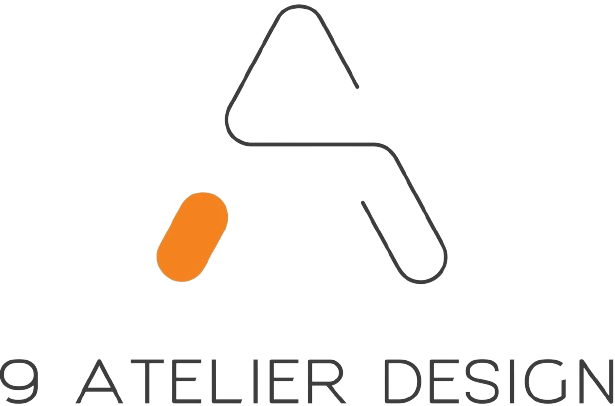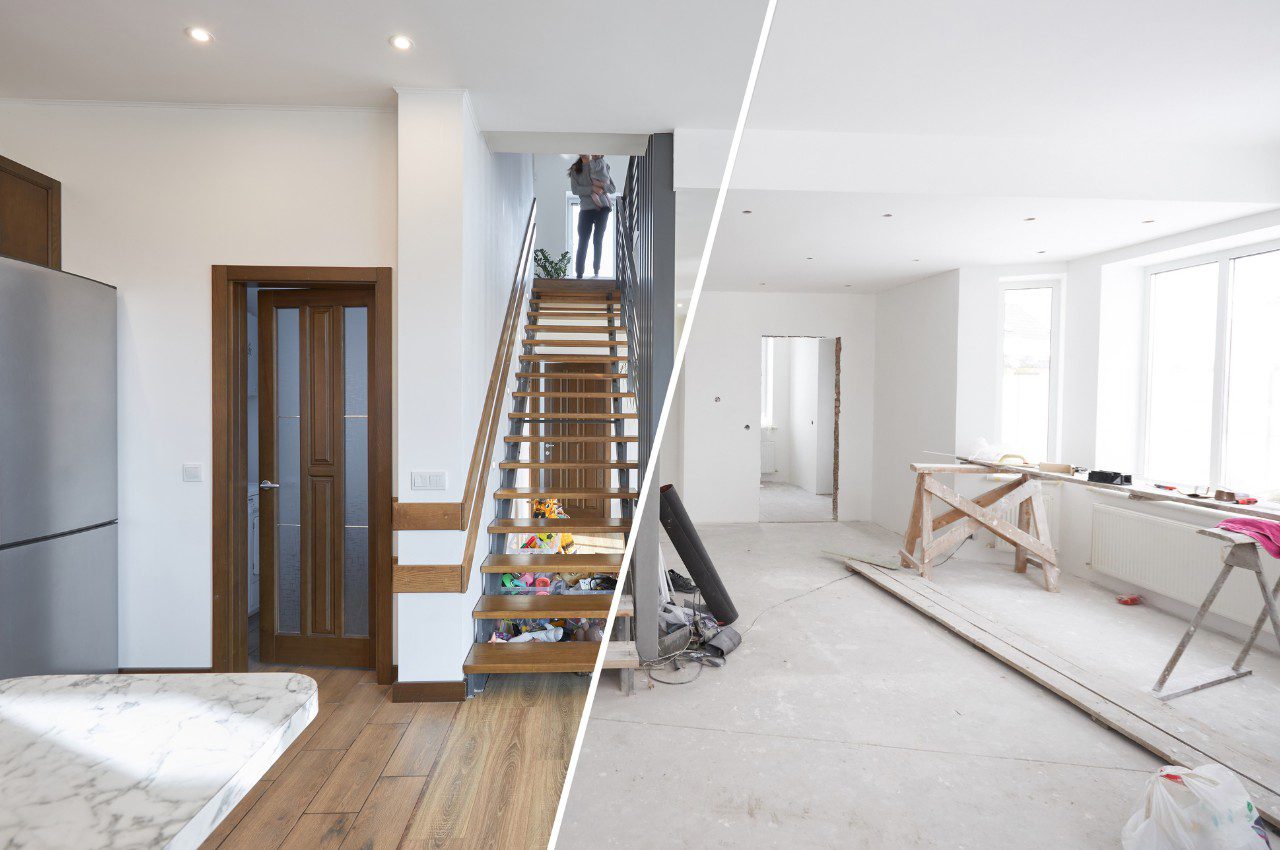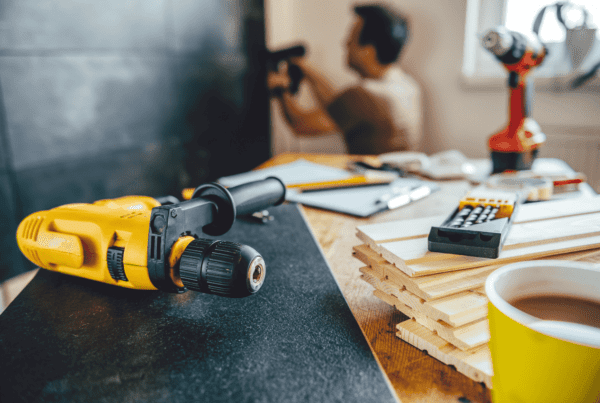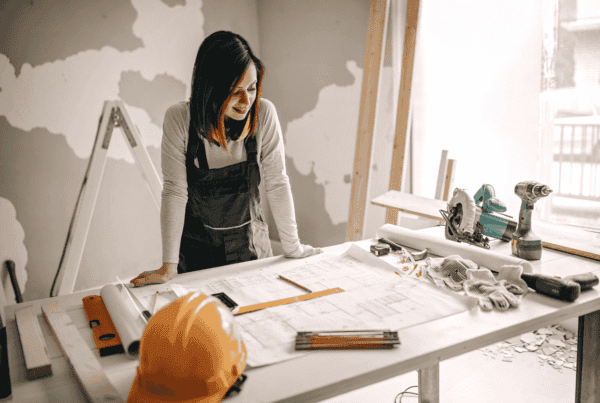Your home should reflect your personality, lifestyle, and needs, serving as an extension of who you are. Without this personal touch, you risk falling into the typical designs that many modern imaginations offer. Custom interior design adds meaning to your space, allowing for unique solutions that cater to your lifestyle. Whether for new homes or space planning, a tailored design can significantly enhance your comfort and efficiency in everyday living.
In this article I will explain to you why you should think of a proper interior design plan and how it helps do the job in best impressing ways, the good or bad benefits, common errors, and four ways to start customizing your home.
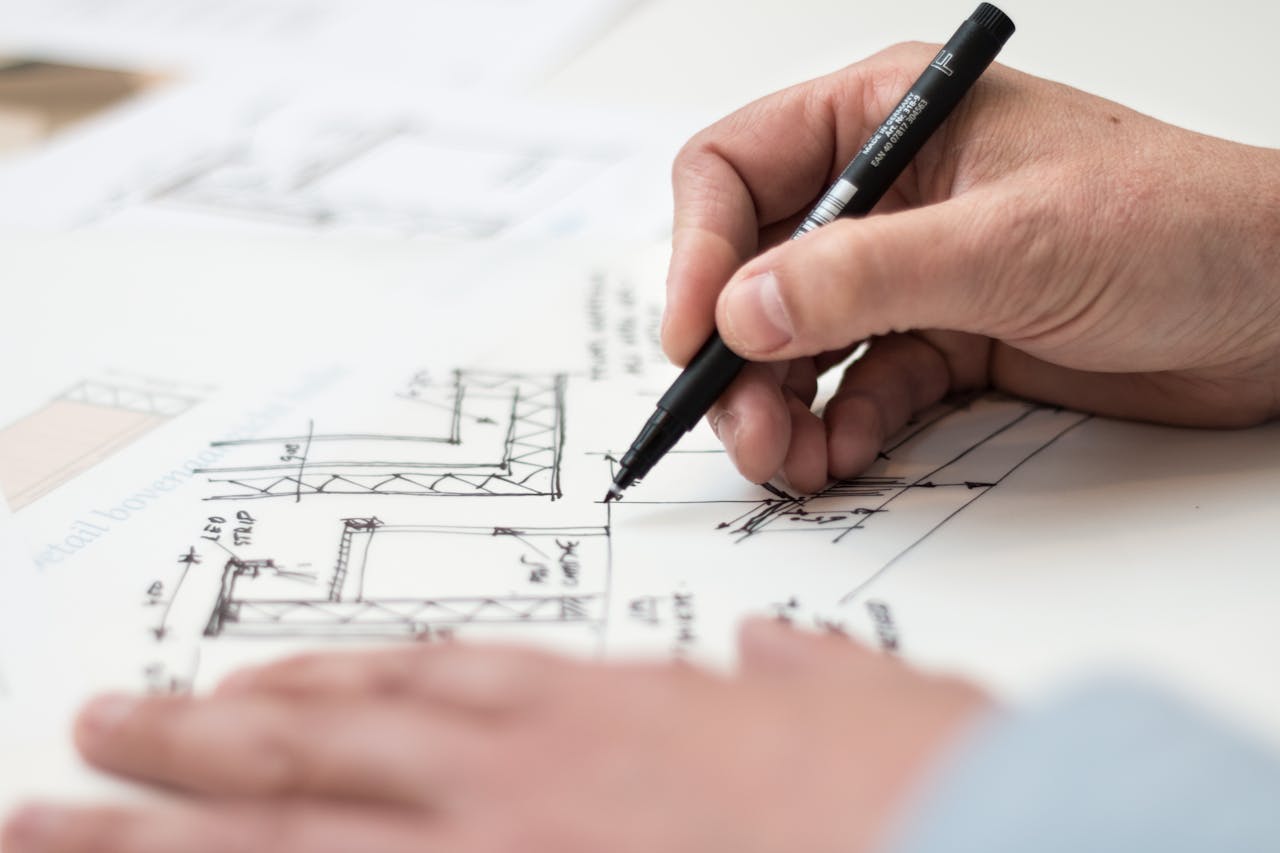
The Importance of a Customized Interior Design Plan
Enhancing Functionality and Comfort
A well-designed home isn’t just about looking good—it should also serve your daily needs efficiently. Every homeowner has different requirements depending on their lifestyle. For instance, a family with young children may need open spaces with safety considerations, while a working professional may prioritize a quiet and organized home office.
A customized design ensures that each room is tailored to its intended purpose. This includes:
- Efficient space utilization: Making the most out of available space with smart storage solutions.
- Comfortable layouts: Ensuring that furniture placement allows smooth movement and functionality.
- Personalized convenience: Installing features like built-in bookshelves, workstation setups, or kitchen islands based on the homeowner’s daily routine.
Reflecting Personal Style
A personalized interior design plan enables homeowners to exhibit their individual taste. Whether you like a modern, minimalist aesthetic or a more traditional and comfortable atmosphere, customization guarantees that your home represents your personality.
Some ways to personalize your space include:
- Selecting color schemes that suit your preferences.
- Choosing materials and textures that resonate with your aesthetic vision.
- Incorporating artwork, photographs, and personal memorabilia.
Increasing Property Value
An well-planned house is not just more pleasant to live in when you’re occupying it, but also increases the value of the property if you ever have to sell. Buyers do seek well-designed houses, so customization is a good investment. Good flooring, storage that is built into the house, and smart house features can all help enhance resale value.

Key Benefits of a Customized Interior Design Plan
Efficient Space Planning
Custom interior design plans bring about the best advantage through better space usage. An inefficient floor layout results in overcrowded spaces with empty areas yet strategic planning allocates every section meaningfully.
For example:
- Small apartments benefit from multifunctional furniture such as sofa beds or extendable dining tables.
- Open-plan layouts can be used to create a seamless flow between living, dining, and kitchen areas.
- Vertical storage solutions like wall-mounted shelves can free up floor space.
Tailored Furniture and Layouts
Unlike mass-produced furniture, customized pieces are designed specifically for your space. This not only improves functionality but also enhances the overall look of your home.
Consider:
- Custom-built wardrobes that fit awkward corners or high ceilings.
- Modular sofas designed to accommodate larger families.
- Bespoke kitchen cabinets that offer better storage and organization.
Smart Home Integration
Technology plays a huge role in modern interior design. A customized plan allows homeowners to integrate smart home features tailored to their needs, such as:
- Smart lighting systems that adjust brightness based on the time of day.
- Automated climate control to regulate temperature efficiently.
- Security systems with remote monitoring for added safety.
These features not only enhance convenience but also contribute to energy efficiency, reducing electricity costs in the long run.
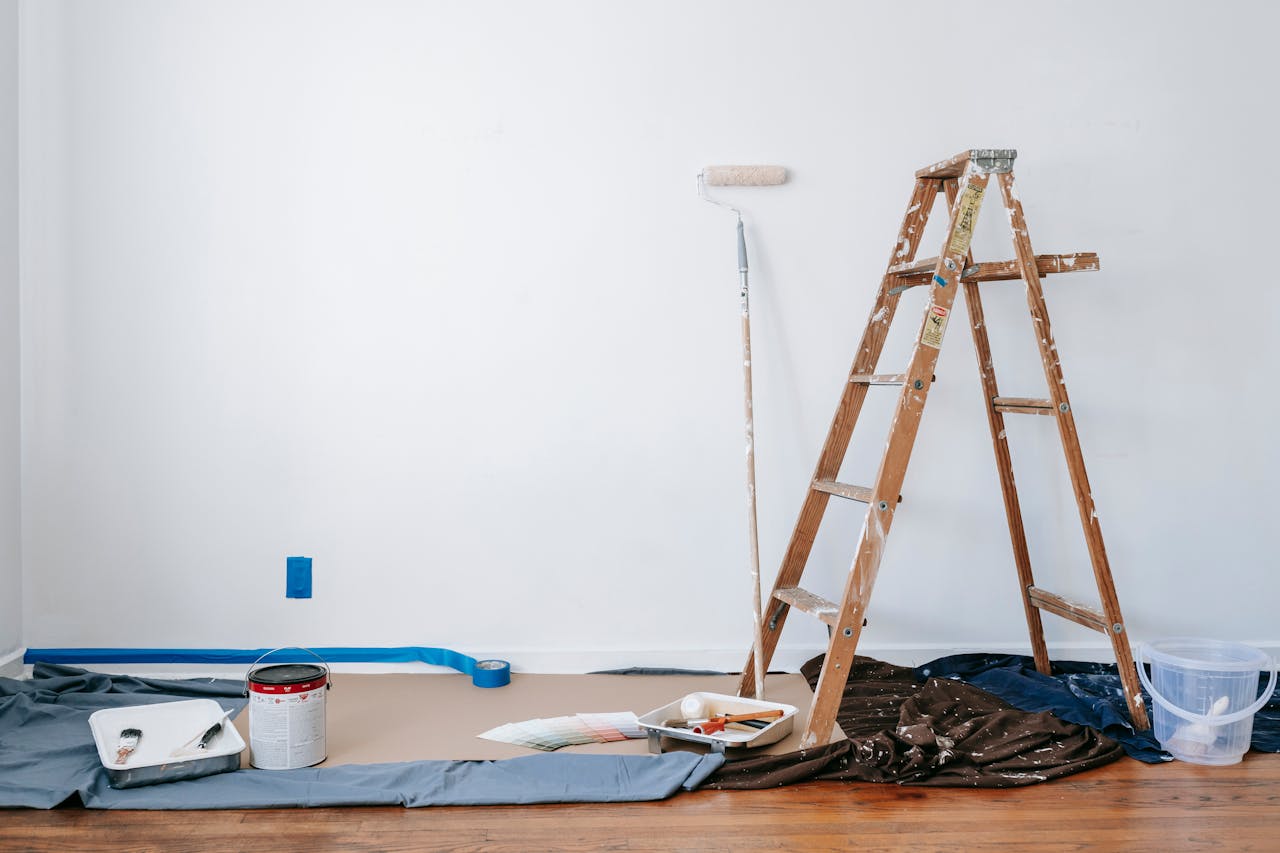
Common Mistakes to Avoid in Custom Interior Design
Ignoring Functionality for Aesthetics
The emphasis on aesthetic attractiveness in homeowner design often overrides essential practical requirements. An area needs both development aesthetics and operationality. Dedicating your living space to a white fabric couch might create an elegant atmosphere however this design decision could lead to functional problems when combined with households containing children and pets.
Overcrowding the Space
The placement of numerous decorative items together with bulky pieces of furniture can ultimately create closed-in feeling spaces. The maintenance of equal amounts of style with functional free space demands proper attention. Minimalistic design choices paired with convertible furniture elements can create an appearance of spaciousness and breathability throughout any room.
Not Considering Long-Term Needs
A home should be designed to adapt to future changes. For example, if you plan to expand your family, having additional storage or flexible room layouts can be beneficial. Likewise, aging homeowners may want to consider accessibility features such as wider doorways and non-slip flooring.
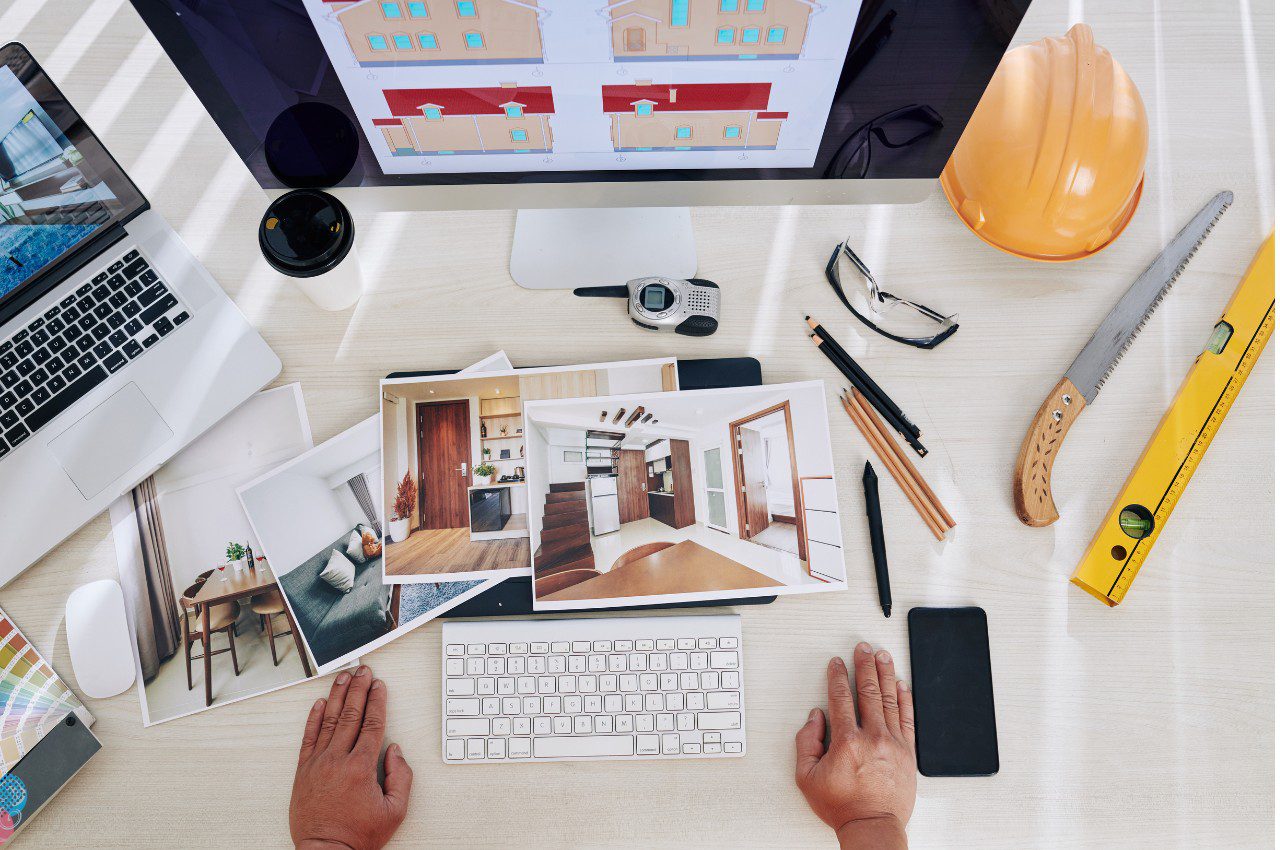
How to Get Started with a Customized Interior Design Plan
Define Your Vision and Needs
Before starting a home design project, it’s crucial to identify what you want from the space. Ask yourself:
- What are my daily habits and lifestyle needs?
- What design style am I most comfortable with?
- How much budget am I willing to allocate?
Having a clear vision helps streamline the design process and ensures that the final result aligns with your expectations.
Work with a Professional Interior Designer
While DIY design projects can be fun, working with an experienced interior designer can save time and effort. A professional can provide expert recommendations on layouts, materials, and décor elements, making it easier to bring your ideas to life.
Research and Gather Inspiration
Getting inspiration comes from browsing design magazines and home improvement websites together with social media and similar platforms. Visualizing your desired interior becomes simpler when you assemble a mood board including color choices along with textures and layout preferences.
Plan and Execute in Phases
Executing a complete renovation project should progress step by step rather than attempting everything at once. Manage your renovation by beginning with essential places like the living room followed by the kitchen then the bedrooms and continuing on to other parts of your residence. This methodology enables cost containment and provides efficient design process transition.
Conclusion
A bespoke interior design layout serves functions that extend past looks since it leads to home efficiency enhancements alongside lighting up resident lifestyles. A living space with personal style becomes both functional and appealing when homeowners emphasis functionality while implementing smart design philosophy.
Custom design work for every home whether new construction or renovation, it will make sure each component serves a purpose suitable for your unique lifestyle. Let professionals guide you toward building your dream home according to your personal needs.

